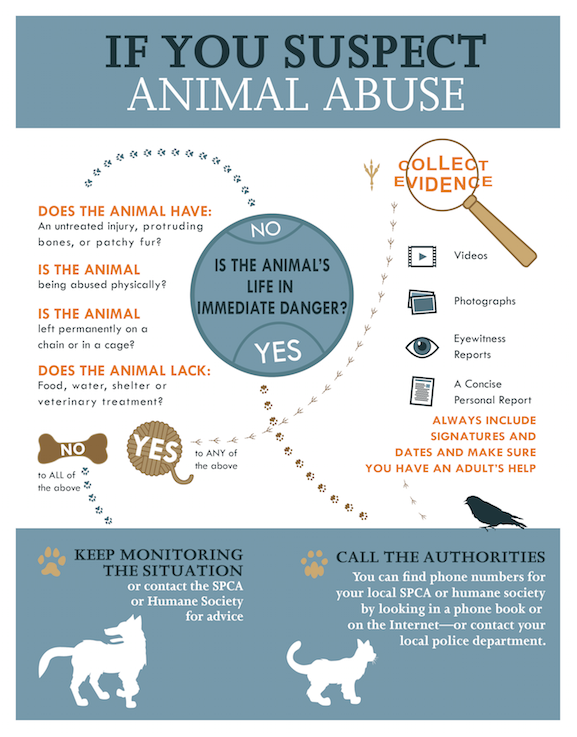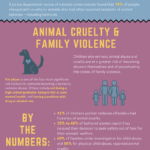Animal cruelty is a pervasive issue, often hidden beneath layers of societal norms that can allow behavior to go unchecked. It’s crucial to examine our attitudes and actions—unbeknownst to us, we may be complicit in behaviors that contribute to the suffering of animals. This exploration isn’t merely about identifying overt acts of cruelty but scrutinizing the subtleties that exist in our day-to-day interactions with animals.
First, one must consider the concept of indifference. Indifference is not a benign quality; it can manifest in neglectful attitudes toward the well-being of animals. For instance, overlooking a pet’s needs, whether related to food, shelter, or medical care, is a form of tacit compliance with cruelty. You might rationalize excessive spending on your own indulgences while neglecting the necessary vaccinations or appropriate diet of your animal companion. Are you ignoring the signs of discomfort or distress in your pet? This unobservant stance can foster an environment where suffering becomes normalized.
Secondly, reflect upon your entertainment choices. In a world saturated with media, our consumption choices can inadvertently endorse animal cruelty. Television shows, movies, and online content often depict animals in precarious, exploitative situations for the sake of humor or shock value. If you find enjoyment in such depictions, you may inadvertently support the desensitization toward animal suffering. Consider whether your leisure activities prioritize the welfare of animals or trivialize their struggles.
Next, consider the relationships you endorse. If you maintain friendships or social associations with individuals who exhibit cruelty towards animals—be it through verbal abuse, neglect, or the mocking of animal rights—you are indirectly supporting these behaviors. Are you complicit in laughable anecdotes that demean the dignity of animals? Associations that endorse such behavior can seep into your own beliefs, leading to a gradual erosion of empathy.
Furthermore, pause to examine your consumer habits. Supporting businesses that engage in unethical practices regarding animal treatment is another layer of complicity often overlooked. Are you buying products from companies that demonstrate blatant disregard for animal welfare? Educated consumers are crucial for promoting ethical treatment; turning a blind eye to these matters can result in the perpetuation of abuse under the guise of commerce.
Another aspect often taken for granted is the language we use. The verbs and adjectives we utilize can shape societal attitudes toward animals. When derogatory terms or phrases that diminish animals’ status are common in conversation, it reflects an underlying disrespect. Language has the power to influence perception; thus, it’s paramount to authenticate your regard for animals in both casual discussions and serious dialogues. By employing respectful and empathetic vocabulary, you can contribute to a more compassionate narrative surrounding animal lives.
Moreover, consider the levels of aggression displayed toward animals. Aggression can range from overt violence to more concealed forms of hostility, such as yelling or intimidation. Perhaps you’ve experienced frustration when animals misbehave or become unruly. Do you react with a snap of anger? It is vital to cultivate patience and understanding; animals, like humans, can act out due to fear, confusion, or injury. Delving into the psychology of your reactions and developing a more empathetic approach could signify a pivotal shift in your relationship with animals.
Additionally, the simple act of grooming and care must not be neglected. Aesthetic neglect or improper grooming can lead to health complications for animals. An animal’s coat may require regular maintenance, and neglecting this task can lead to matting and skin infections. If you routinely forsake these responsibilities under the guise of ‘not having time,’ it’s crucial to reassess your priorities. Providing proper care is a basic expectation that mirrors larger attitudes toward animal treatment.
Consider also your reactions to animal adopters. Voicing disdain or disbelief for individuals who adopt animals from shelters can perpetuate the stigma towards both the animals needing homes and those generously providing them. If you harbor judgments against those who give a second chance to lost or abandoned animals, it’s essential to reflect on your biases. Encouraging a culture of adoption rather than judgment can lead to a more humane society.
Lastly, introspection into your level of involvement in community initiatives regarding animal welfare is vital. Are you actively participating in or supporting local shelters and rescues, or do you passively witness the plight of animals in need without contributing to their welfare? Engaging with the community through volunteering or advocacy can shift your perspective. Genuine engagement fosters greater empathy and awareness.
In conclusion, recognizing the signs of potential complicity in animal cruelty requires a critical assessment of personal behavior and societal norms. It’s easy to dismiss the subtle forms of neglect and cruelty on the periphery of our lives. By fostering a more aware mindset, examining our entertainment preferences, consumer choices, and language, we can dismantle the barriers that contribute to animal suffering. Ultimately, transitioning towards an empathetic stance not only elevates the welfare of animals but also enriches the human experience, fostering a more compassionate society for all living beings.










